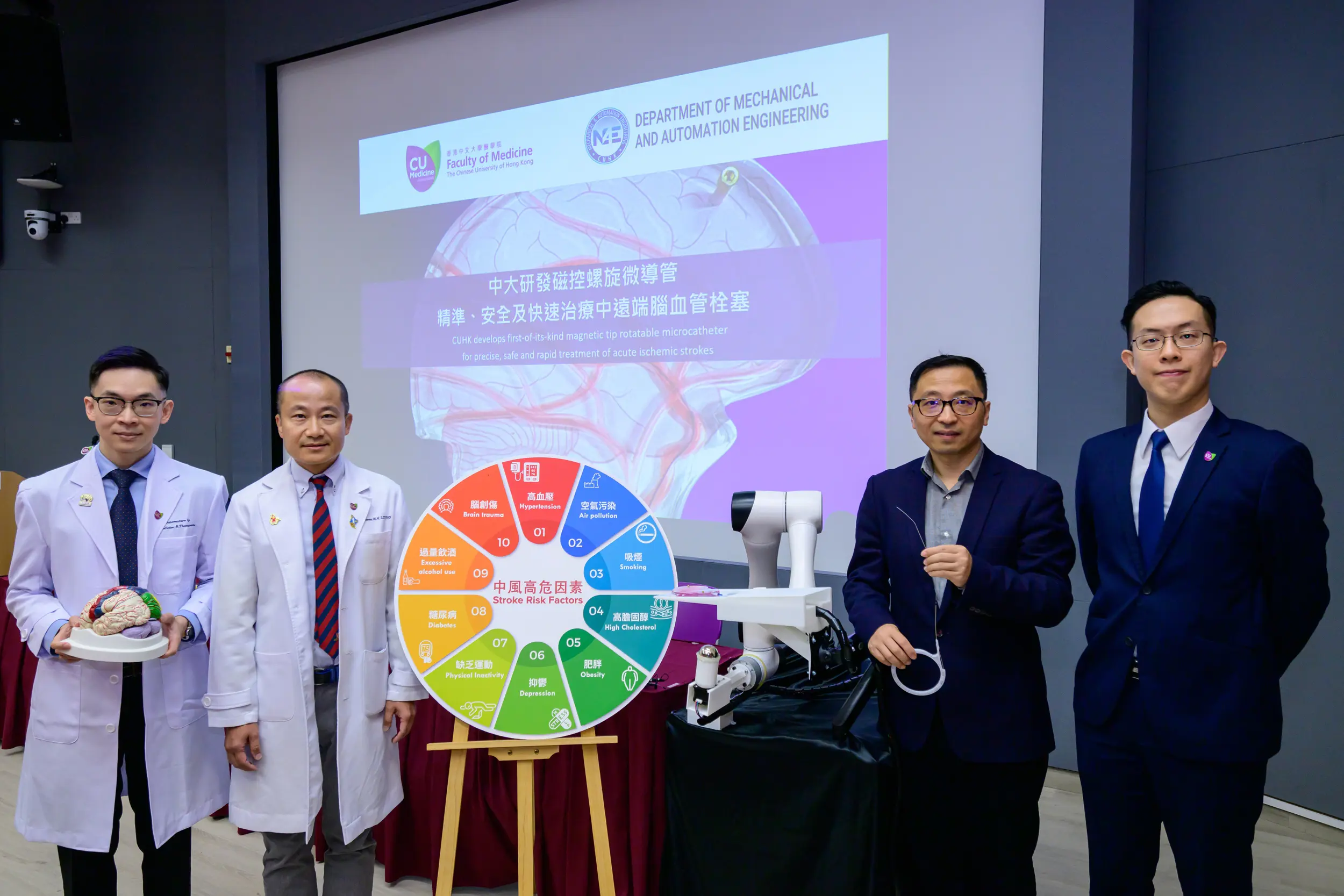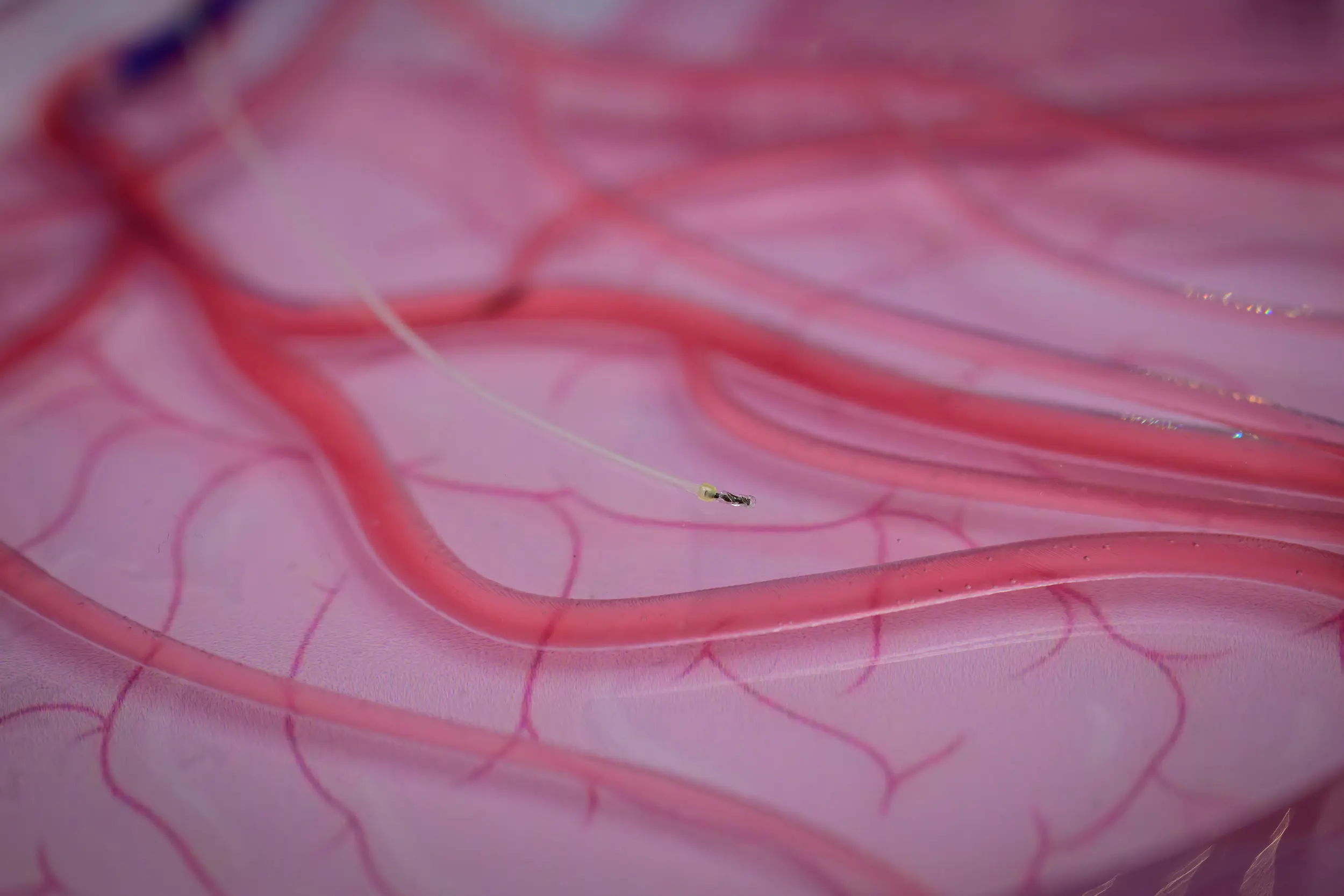A Magnetic Breakthrough in Stroke Surgery: This Tiny Invention Could Save Millions

Strokes are among the deadliest medical emergencies, and for those who suffer acute ischemic strokes, every second counts. Now, a pioneering team from The Chinese University of Hong Kong (CUHK) has developed a tiny but potentially life-saving device that could revolutionize how doctors respond to this devastating condition.
Introducing the Magnetically Actuated Soft Rotatable-tipped Microcatheter (MSRM), a sub-millimeter surgical tool unlike anything seen before. Equipped with a magnetic, rotatable tip, this micro-scale catheter is designed to navigate the brain’s complex blood vessels with extreme precision and reach blood clots faster and more safely than traditional methods.
In strokes caused by blocked arteries, time is brain. Neurons begin to die within minutes, and swift action is crucial to limit long-term damage or death. Current endovascular techniques rely on rigid tools that can be slow, risky, and hard to control, especially in the brain’s intricate vascular maze.

The CUHK invention changes the game.
By harnessing external magnetic fields to guide the soft-tipped microcatheter, surgeons can steer it remotely through the bloodstream. This allows for ultra-precise navigation with less trauma to delicate tissue, significantly reducing the risk of complications like vessel perforation or hemorrhage.
“Think of it like using a remote-controlled submarine in a coral reef,” said Professor Philip Chiu, one of the lead researchers. “This technology lets us reach previously hard-to-access clots quickly and with high accuracy.”
The MSRM is also soft and flexible, offering a safer alternative to traditional rigid catheters. Its tip can rotate on command, improving maneuverability and allowing it to adapt to the patient’s unique vascular anatomy.
The cross-disciplinary team behind the invention, from CUHK’s Faculty of Medicine and Faculty of Engineering, believes this could be a turning point in stroke care, especially in minimally invasive neurovascular surgery. Early lab and simulation results show the MSRM significantly reduces procedure time and improves targeting compared to existing tools.
Notably, the technology could also be adapted to treat other vascular diseases, such as aneurysms or arterial blockages elsewhere in the body.
“Stroke is the second leading cause of death globally,” the team emphasized. “We hope this innovation will not only save lives, but also improve quality of life for millions of stroke survivors around the world.”
As the device heads toward clinical trials, experts are optimistic it could soon become a standard tool in operating rooms worldwide.
In an age where medical technology is shrinking in size but growing in impact, the MSRM represents a micro miracle with macro consequences, one that could help doctors turn the tide in one of medicine’s most urgent battles.